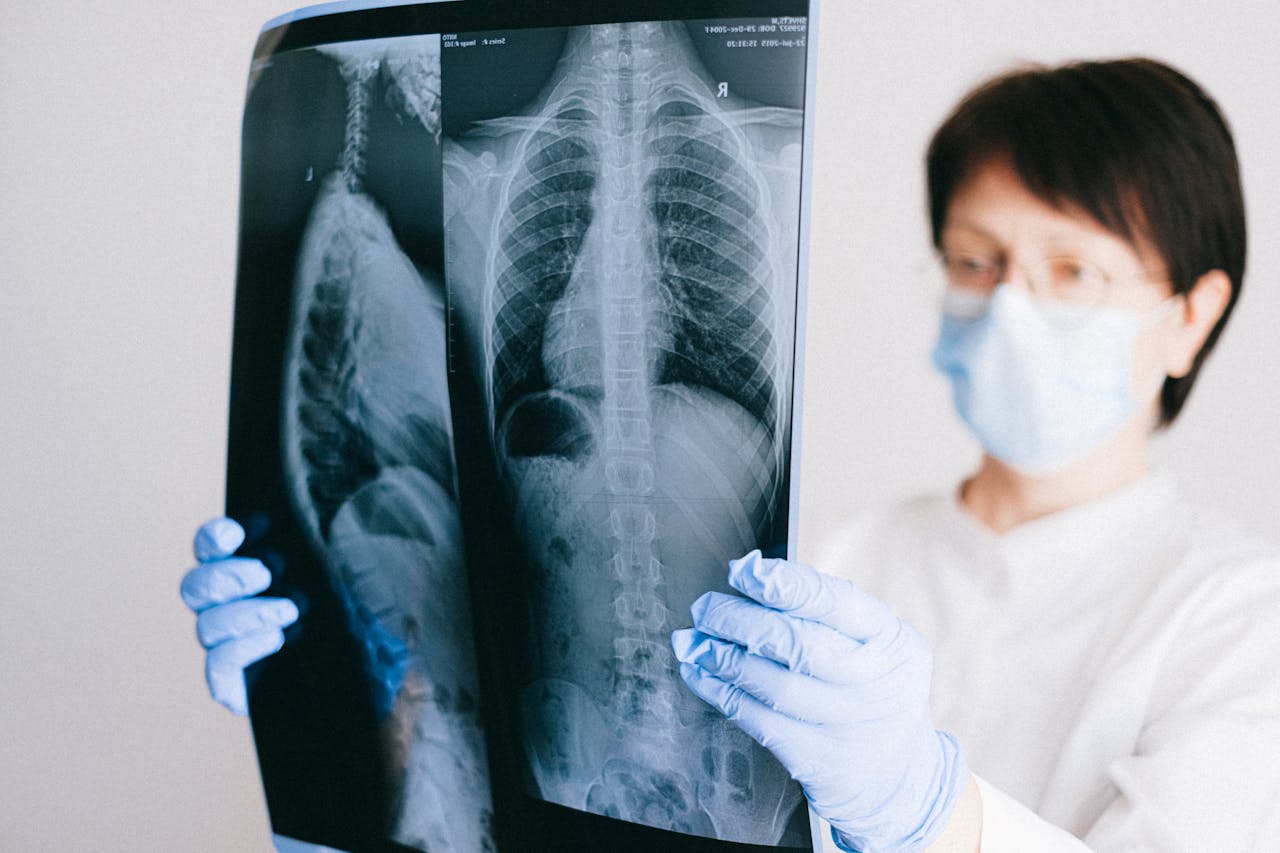Chemotherapy is a drug treatment that inhibits the proliferation of rapidly dividing cells in the body. Since lung cancer cells proliferate rapidly, chemotherapy is effective against them. However, as structures such as scalp, stomach, skin, and nerves in our body also divide quickly, chemotherapy drugs have the potential to damage these tissues as well. Therefore, due to the damage that may occur in normal tissues and organs, it is not possible to apply chemotherapy for an indefinite period.
Medical oncology specialists decide on the drugs to be administered based on the type of tumor. Chemotherapy drugs are delivered into the patient’s body through intravenous methods. Before starting chemotherapy, a detailed examination and blood tests are conducted to minimize the risk of harmful side effects. The drugs are generally administered every three weeks, but the doctor may adjust this schedule based on the patient’s clinical and laboratory findings.
The type of cancer also plays a significant role in chemotherapy application. Small cell lung cancers (SCLC) proliferate much faster than non-small cell lung cancers (NSCLC), making chemotherapy more effective in these cases. On the other hand, in non-small cell lung cancers, targeted therapies and immunotherapy, summarized below, are often more effective.
Chemotherapy and Its Role in Lung Cancer Treatment

Chemotherapy has been a long-standing and effective treatment option in cancer therapy and remains relevant for many types of cancer. This treatment involves the use of drugs designed to inhibit the growth of rapidly dividing cells. In diseases like lung cancer, where cells show rapid division and proliferation, chemotherapy aims to target tumor cells and halt this process. However, despite its effectiveness, chemotherapy can also negatively impact healthy tissues, which is a limitation of this treatment method.
Mechanism of Action of Chemotherapy
Chemotherapy drugs specifically target rapidly dividing cells. Since cancer cells proliferate uncontrollably, these drugs are effective in slowing or stopping tumor growth. However, healthy cells in the human body, such as those in hair follicles, the stomach lining, skin, and certain nerve tissues, also divide rapidly. As a result, chemotherapy drugs may affect these tissues, leading to side effects like hair loss, nausea, skin sensitivity, and nerve damage.
Due to these side effects, chemotherapy cannot usually be administered beyond a certain period. To prevent damage to healthy tissues, the treatment process is meticulously planned and applied at specific intervals.
Planning Chemotherapy
The chemotherapy process is tailored by medical oncology specialists based on the patient’s individual needs. Factors such as tumor type, the patient’s overall health status, and the stage of cancer are considered during this planning. The choice of drugs depends on the biological characteristics of the tumor. For example, certain drugs may be more effective in cancers with specific genetic mutations. Before treatment begins, detailed physical examinations and blood tests are conducted to evaluate the patient’s ability to tolerate the treatment and minimize potential side effects.
Chemotherapy is typically administered intravenously in a hospital setting. A standard treatment cycle involves applications repeated at three-week intervals. However, these intervals may vary based on the patient’s clinical and laboratory findings. For instance, if the immune system is weakened or if liver and kidney function is impaired during treatment, the intervals may be extended, or drug doses may be reduced.
The Effectiveness of Chemotherapy Based on Lung Cancer Types
Lung cancer is categorized into two main groups: small cell lung cancer (SCLC) and non-small cell lung cancer (NSCLC). The effectiveness and strategies of chemotherapy vary between these two types of cancer.
Small Cell Lung Cancer (SCLC)
This type of cancer tends to grow and spread much faster compared to non-small cell types. Due to its rapid proliferation, chemotherapy is highly effective for treating SCLC. In SCLC patients, chemotherapy is often used as the primary treatment and achieves high success rates in halting tumor growth. However, because this cancer type spreads quickly, chemotherapy is usually combined with other treatments, such as radiotherapy.
Non-Small Cell Lung Cancer (NSCLC)
NSCLC accounts for the majority of lung cancer cases. These cancers grow more slowly compared to small cell types, resulting in different treatment approaches. While chemotherapy plays a significant role in NSCLC treatment, especially in advanced stages, immunotherapy and targeted therapies often yield more effective results. These treatments specifically target the growth mechanisms of cancer cells and generally have fewer side effects than chemotherapy. In NSCLC patients, chemotherapy is typically applied as a complementary treatment following immunotherapy or surgical interventions.
Side Effects and Management of Chemotherapy
 Common side effects observed during chemotherapy include:
Common side effects observed during chemotherapy include:
- Hair loss: Chemotherapy drugs affect hair follicles, leading to temporary hair loss. Hair typically regrows after treatment ends.
- Nausea and vomiting: These symptoms occur as chemotherapy impacts stomach cells. Anti-nausea medications can help alleviate these effects.
- Weakened immune system: Chemotherapy affects the bone marrow, increasing the risk of infections. Protecting patients from infections is crucial.
- Fatigue: Reduced blood cell levels and the body’s response to treatment may cause lower energy levels.
Managing side effects is a critical aspect of the chemotherapy process. During treatment, doctors closely monitor patients’ symptoms and adjust the treatment plan as necessary.
Conclusion
Chemotherapy holds a vital place in lung cancer treatment. It is particularly effective for small cell lung cancer, while in non-small cell types, it is often used alongside other treatment options to help control the disease. The treatment process is personalized to meet the patient’s needs, and side effects are carefully managed. Early diagnosis and proper treatment planning play a crucial role in increasing both the lifespan and quality of life for cancer patients.



